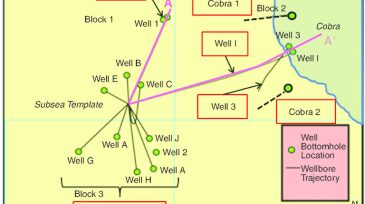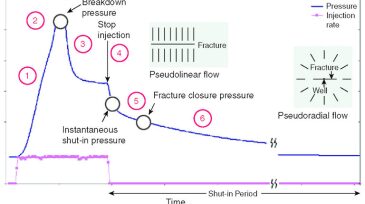Reservoir characterization
This paper presents a novel methodology for assessing the rapid mineral carbonation of carbon dioxide through geochemical interactions with carbon-, magnesium-, and iron-rich minerals abundant in geological formations.
This study integrates physics-based constraints into machine-learning models, thereby improving their predictive accuracy and robustness.
This paper introduces a machine-learning approach that integrates well-logging data to enhance depth selection, thereby increasing the likelihood of obtaining accurate and valuable formation-pressure results.
-
When it comes to fracturing, experts argue about many things, but they agree that fractures do not look like lightning bolts, tree roots, or shattered glass.
-
A new miniature pressure/temperature sensor comes packaged inside a tough small ball capable of traveling to the bottom of a well while drilling and returning with data on board.
-
FEI is a maker of high-powered microscopes whose growth plan in exploration and production includes building a service company.
-
Although principal-component analysis (PCA) has been applied widely to reduce the number of parameters characterizing a reservoir, its disadvantages are well-recognized.
-
As the role of reservoir-flow simulation increasingly affects existing operations and field-development decisions, it follows that rigor, fitness, and consistency should be imposed on the calibration of reservoir-flow models to dynamic data through history matching.
-
The process of risk and uncertainty reduction in unconventional-drilling operations starts with improving techniques for pore-pressure modeling.
-
Add a new possible use for downhole casing: It can serve as broadcast antennae.
-
To achieve optimal production from unconventional reservoirs, it is useful to determine the permeability, pore pressure, and state of stress of rock strata.
-
The development of an economically efficient drilling program in shale-gas plays is a challenging task, requiring a large number of wells; even with many wells, the average well production and the variation of well performance (economics) remain highly uncertain.
-
This paper attempts to describe some of the common problems and to help prevent some common errors often observed in diagnostic fracture injection tests (DFITs) execution and analysis.













